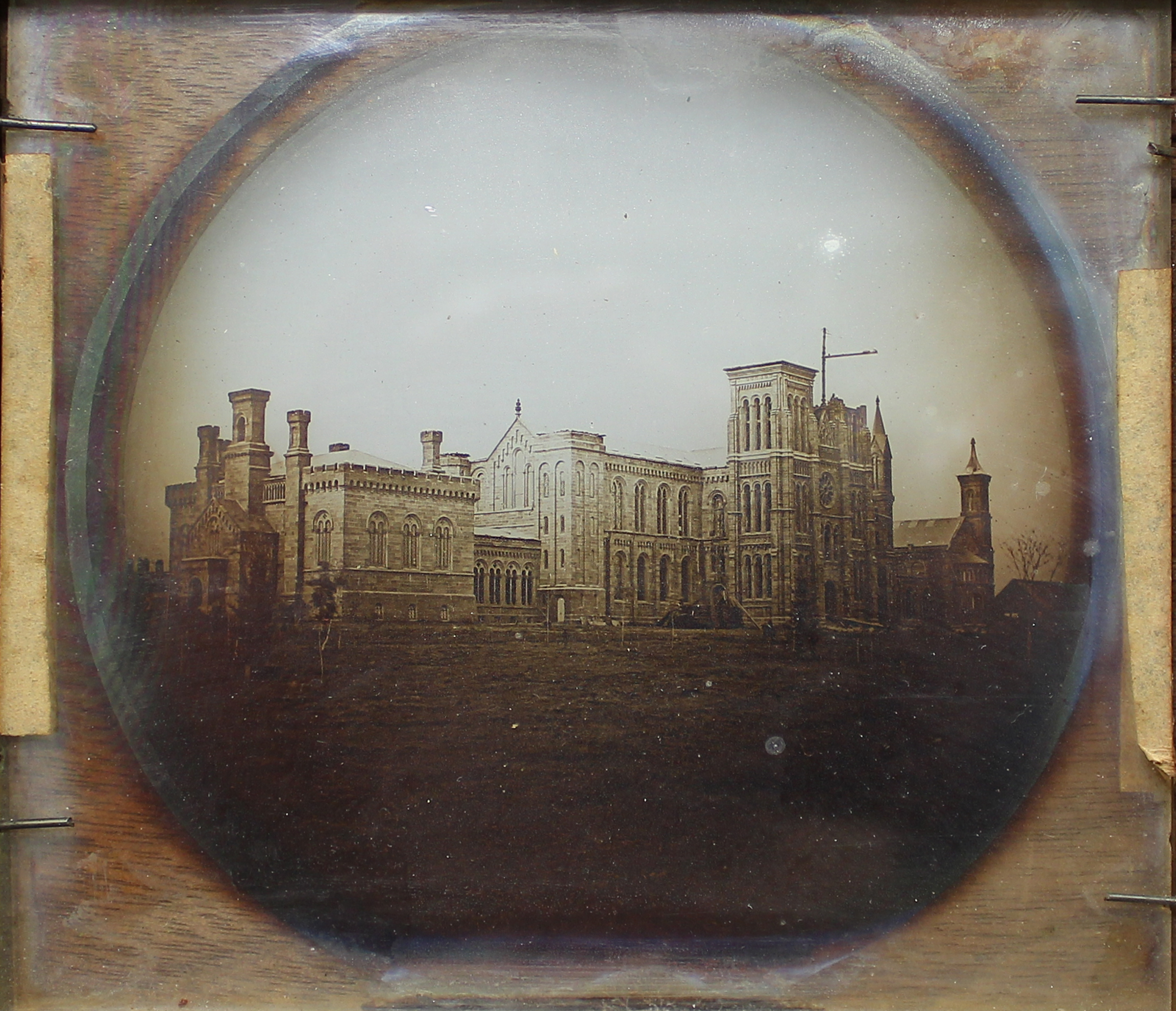A 3-D printed life mask of President Obama. This life mask and a bust are the first presidential portraits created using 3-D technology. The prints and the 3-D data will become part of the collection of the National Portrait Gallery. (Smithsonian Institution)
Smithsonian Scans President Obama in 3-D for Presidential Portrait
The first presidential portraits created from 3-D scan data were displayed today at the White House. The portraits of President Barack Obama were created based on data collected by a Smithsonian-led team of 3-D digital imaging specialists and include a digital and 3-D printed bust and life mask. Both were on display at the first-ever White House Maker Faire today, a celebration of Americans who are using technology and tools to make new things and create new businesses.
The Smithsonian-led team scanned the President earlier this year using two distinct 3-D documentation processes. Experts from the University of Southern California’s Institute for Creative Technologies used their “Light Stage” face scanner to document the President’s face from ear to ear in high resolution. Next, a Smithsonian team used handheld 3-D scanners and traditional SLR cameras to record peripheral 3-D data to create an accurate bust.
The data captured was post-processed by 3-D graphics experts at the software company Autodesk to create final high-resolution models. The life mask and bust were then printed using 3D Systems’ Selective Laser Sintering printers.
The data and the printed models will become part of the collection of the Smithsonian’s National Portrait Gallery. The Portrait Gallery’s collection has multiple images of each president and these portraits will support the current and future collection of works the museum has to represent Obama.
About Smithsonian X 3D
The Smithsonian publicly launched its 3-D scanning and imaging program Smithsonian X 3D in 2013 in order to make museum collections and scientific specimens more widely available for use and study. The Smithsonian X 3D Collection features objects from the Smithsonian that highlight different applications of 3-D capture and printing, as well as digital delivery methods for 3-D data in research, education and conservation. Objects include the Wright Flyer, a model of the remnants of supernova Cassiopeia A, a fossil whale and a sixth-century Buddha statue. The public can explore all these objects online through a custom-built, plug-in free browser and download the data for their own use in modeling programs or to print using a 3-D printer.
# # #
SI-313-2014



